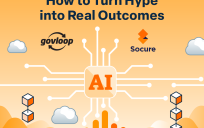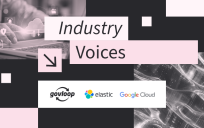With the advent of artificial intelligence (AI) and related automation tools, the concept of modernization is quickly becoming outdated. “Modernization” once meant a distinct, all-hands-on-deck project with fixed requirements and a pre-determined, multi-year schedule. But with the acceleration in technology innovation, agencies often find that their recently modernized systems have become just the latest legacy solutions.
A better approach, said Damien Eversmann, Principal Chief Architect for Education at Red Hat, is continuous modernization, in which an agency or educational institution incorporates new technologies and processes on a rolling basis.
“We need to always be looking for the next change to make the next improvement, the next small step that we can make in order to make ourselves just a little bit more modern,” said Eversmann. “If we’re constantly iterating, then we can start thinking more about everything as a single platform that works together.”
That iterative approach also helps agencies align their operations more easily with technological developments, said Francisco R. Ramirez, Chief Architect for State and Local Government at Red Hat.
“There’s a lot of risk associated with skills gaps and technical debt that starts to build over time,” he said. “And that’s how we work with our customers: helping them identify where can they make small steps and investments, or where can they leverage the current investments that they have now to start helping them get into those emerging technologies.”
In this video interview, Eversmann and Ramirez discuss how AI and automation can help organizations both modernize and streamline their operations. Topics addressed include:
- Building AI-based processes for managing institutional knowledge
- Best practices in continuous modernization
- Driving efficiencies with an automation platform






Leave a Reply
You must be logged in to post a comment.